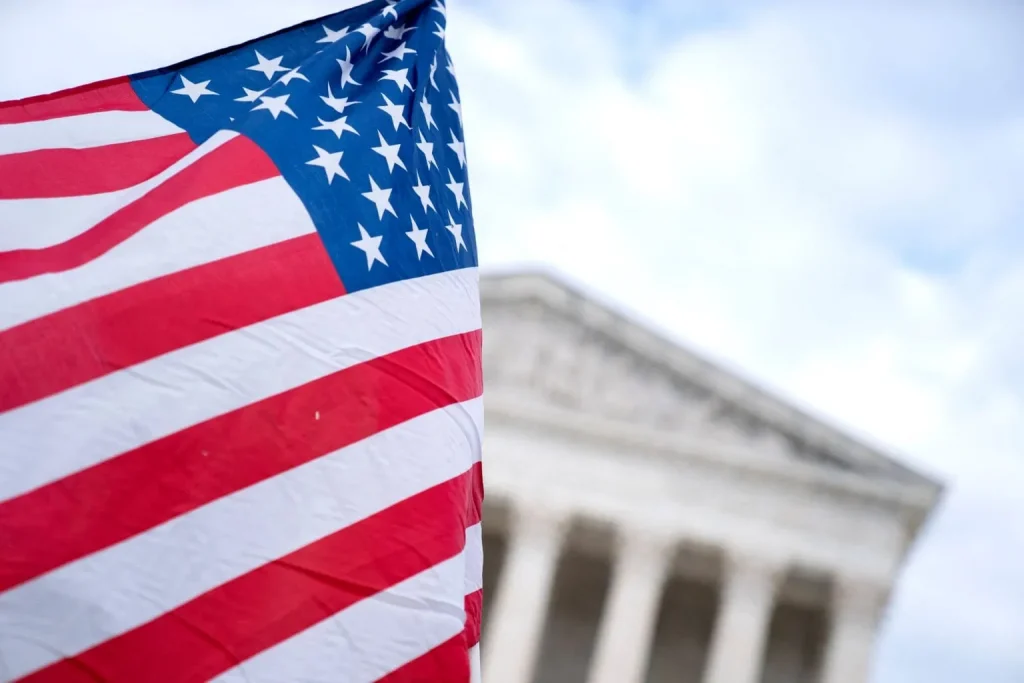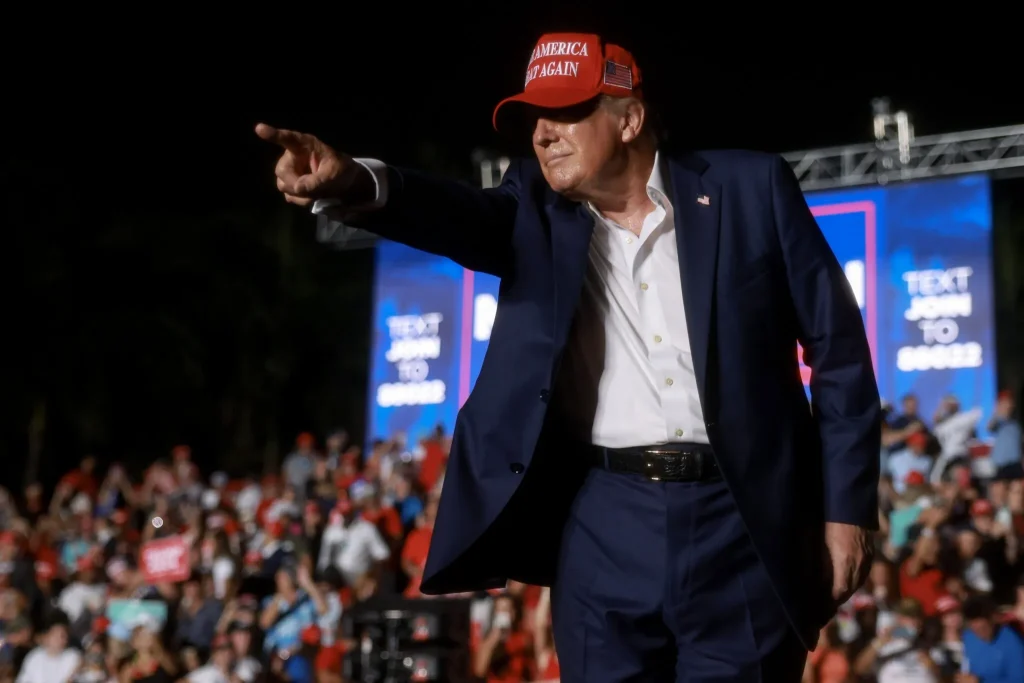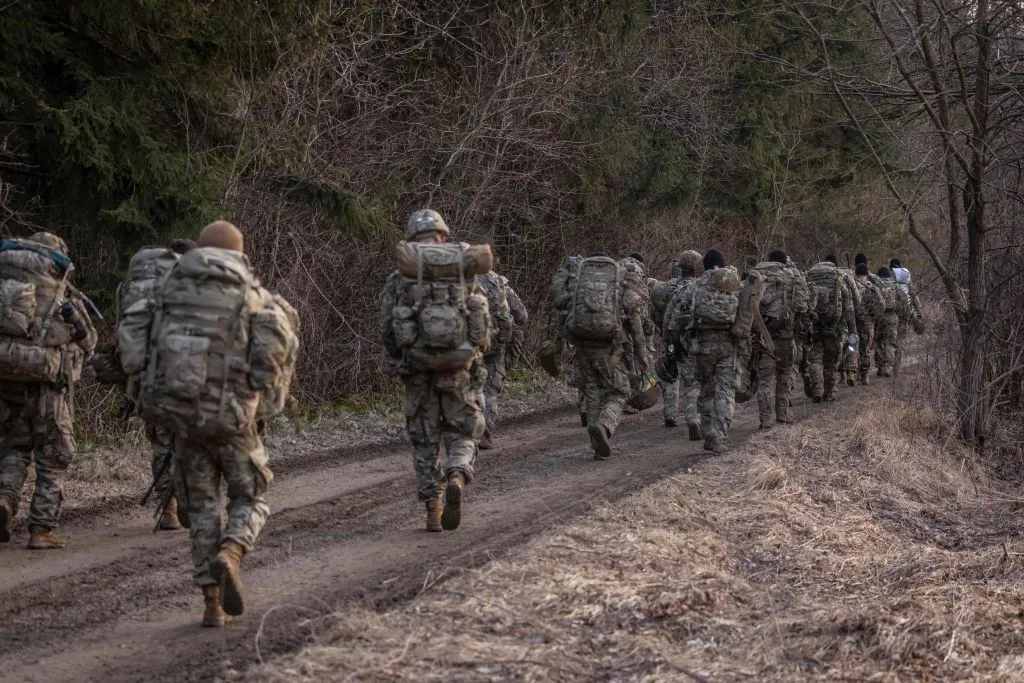Trump’s Controversial Plan Targets Transgender Troops: 15,000 Service Members Face Uncertainty
Donald Trump plans a sweeping move on his first day back in office, aiming to remove thousands of transgender service members from the military.

According to a report from The Times, Donald Trump is preparing an executive order to ban transgender individuals from serving in the military, potentially impacting up to 15,000 active-duty service members.
The controversial measure could significantly impact military ranks starting on January 20, 2025, the first day of Donald Trump’s presidency.
This action would effectively terminate the service of transgender soldiers by classifying them as medically unfit, triggering widespread discharges throughout the armed forces.

Trump has announced former Fox News host Pete Hegseth as his choice to lead the Department of Defense, signaling a significant departure from current military inclusion policies.
Hegseth has a long-standing record of opposing the inclusion of transgender service members, recently stating that allowing trans individuals to serve “pushes boundaries” and creates unnecessary complications.
Hegseth argues that integrating transgender troops poses unique challenges compared to other minorities, pointing to their reliance on hormone treatments as a barrier to deployment readiness.

These remarks have further intensified support for Trump’s plans to roll back Obama-era policies that permitted transgender individuals to serve openly in the military.
Although highly controversial, the proposed policy would represent yet another chapter in the ongoing debate over LGBTQ+ rights within the U.S. military.
This isn’t Trump’s first attempt to target transgender service members. In 2017, as president, he caused a national uproar by announcing on Twitter his plans to ban transgender individuals from serving in the military.

At the time, the White House argued that retaining troops with gender dysphoria posed risks to military readiness and effectiveness, citing the need for extensive medical care.
Trump’s push for a ban was framed as a measure to protect the military from the medical costs associated with transitioning, which he argued would “burden” the armed forces.

The plan sparked strong backlash from activists but also reflected Trump’s broader anti-LGBTQ+ stance, which has remained a defining aspect of his political identity.
Under the Obama administration, the Pentagon lifted the ban on transgender military service, marking a historic victory for LGBTQ+ rights.
However, Trump’s return to power could reverse that victory, once again placing the treatment of transgender individuals within the armed forces under intense scrutiny.
The True Impact of Trump’s Executive Order: Medical Costs and the Lives of Transgender Soldiers at Stake

The proposed ban could affect over 15,000 transgender service members currently serving across all branches of the U.S. military.
But what is the treatment of transgender soldiers like in 2024? Since 2020, the Pentagon has spent over $26 million on medical care for transgender troops.
This amount includes expenses for hormone replacement therapy, psychotherapy, and gender-affirming surgeries, such as facial reconstructions, breast removals, and genital surgeries.

According to official records, the military’s spending on transgender troops’ medical care is substantial, yet it accounts for only a small fraction of the Department of Defense’s overall budget.
In fact, the U.S. Military Health System allocates around $50 billion annually for the care of 9.6 million individuals, including active-duty personnel, retirees, and their families.
The total number of transgender troops is estimated to be around 3,700 active-duty personnel, making up just 0.3 percent of the military’s total force—less than half the percentage of transgender individuals in the general U.S. population.

Despite their modest numbers, transgender service members remain at the heart of a larger cultural and political storm.
Since the military began providing gender-affirming care in 2020, the number of transgender soldiers has risen, with diagnoses of gender dysphoria doubling from 1,800 to 3,700 in just three years.
Critics argue that these services are too costly and complex to sustain, while others highlight the growing number of transgender soldiers who have thrived in their roles despite the challenges.

The military’s investment in transgender service members, including surgeries and medical care, raises significant questions about the future of such policies if Trump moves forward with his ban.
Some military experts believe that a ban could end up costing the military more than it saves, potentially losing skilled, trained professionals at a time when recruitment is already a challenge.
The Debate Intensifies: Will Transgender Service Members Be Caught in the Crossfire?

Trump’s proposed executive order would be another bold move in his broader effort to “purge” government agencies of what he refers to as “woke” policies.
Trump’s new nominee to head the Department of Defense, Pete Hegseth, has been vocal in his opposition to transgender military service, describing it as a “boundary-pushing” move.
Trump’s stance on transgender rights is likely to extend beyond the military if he wins the 2024 election, with many expressing concern over the future of LGBTQ+ protections across all federal agencies.

While transgender troops continue to serve with distinction in the U.S. military, their future in the armed forces could be at risk if Trump proceeds with his plans.
With so much at stake, transgender service members and their allies are closely watching as Trump’s first day in office draws near.

The costs—both financial and personal—are enormous, with families, careers, and the military itself potentially facing significant fallout.
One thing is certain—Trump’s first executive order on January 20, 2025, will set the tone for his second term and is bound to provoke intense reactions across the nation.
As we await further developments, one thing remains clear—Trump’s approach to the military will be anything but quiet.

The fate of transgender troops hangs in the balance, and only time will reveal how this new chapter in American military history will unfold.





